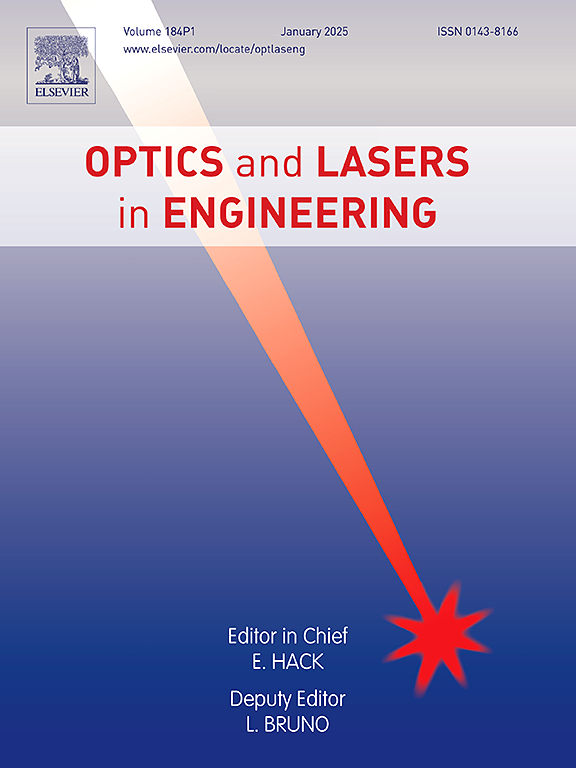Reference transmittance method constrained by the system constant for the retrieval of the aerosol extinction coefficient in scanning lidar measurements
IF 3.5
2区 工程技术
Q2 OPTICS
引用次数: 0
Abstract
Mie-scattering lidar technique has been widely employed for atmospheric pollution source tracking based on scanning measurements, while it is still difficult to retrieve the aerosol extinction coefficient (AEC) in real-time from the scanning map with high precision and reliability owing to the ill-conditioned lidar equation and the variable atmosphere. This study proposes a novel reference transmittance constrained by the system constant (CSC-RT) method for real-time and accurate inversion in scanning lidar measurements. The CSC-RT algorithm employs a reference transmittance as the input to retrieve the AEC profile of a lidar curve that is challenging to obtain independently. The corresponding system constant is subsequently examined through comparison with neighboring scanning measurements to validate the retrieval results. Besides, long-term experiments have revealed that the temporal variation of the retrieved system constant is highly related to atmospheric conditions, especially the humidity, apart from the power fluctuations of the laser diode. Continuous atmospheric measurements carried out by using a scanning Scheimpflug lidar system in urban area have successfully demonstrated that the proposed algorithm is possible to reliably obtain the AEC scanning map for pollution source identification and tracking, and a good correlation between the obtained AEC values and particulate concentrations reported by a local pollution monitoring station has also been found. This method offers a robust and efficient tool for pollution source identification and environmental management, particularly in complex and dynamic atmospheric conditions.
求助全文
约1分钟内获得全文
求助全文
来源期刊

Optics and Lasers in Engineering
工程技术-光学
CiteScore
8.90
自引率
8.70%
发文量
384
审稿时长
42 days
期刊介绍:
Optics and Lasers in Engineering aims at providing an international forum for the interchange of information on the development of optical techniques and laser technology in engineering. Emphasis is placed on contributions targeted at the practical use of methods and devices, the development and enhancement of solutions and new theoretical concepts for experimental methods.
Optics and Lasers in Engineering reflects the main areas in which optical methods are being used and developed for an engineering environment. Manuscripts should offer clear evidence of novelty and significance. Papers focusing on parameter optimization or computational issues are not suitable. Similarly, papers focussed on an application rather than the optical method fall outside the journal''s scope. The scope of the journal is defined to include the following:
-Optical Metrology-
Optical Methods for 3D visualization and virtual engineering-
Optical Techniques for Microsystems-
Imaging, Microscopy and Adaptive Optics-
Computational Imaging-
Laser methods in manufacturing-
Integrated optical and photonic sensors-
Optics and Photonics in Life Science-
Hyperspectral and spectroscopic methods-
Infrared and Terahertz techniques
 求助内容:
求助内容: 应助结果提醒方式:
应助结果提醒方式:


